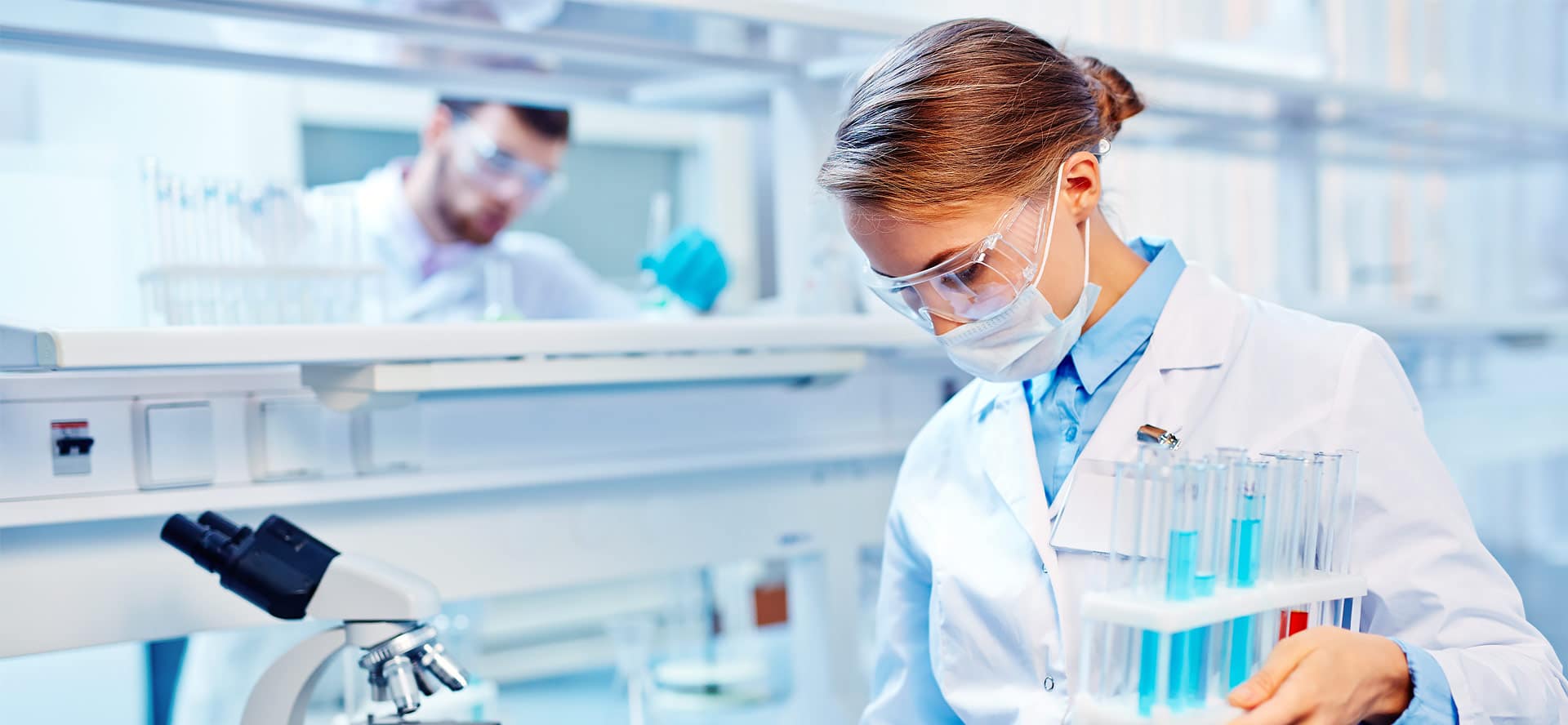Laboratory Information Management Systems (LIMS) play a pivotal role in driving continuous improvement and lean manufacturing practices within the laboratory setting. LIMS, as sophisticated software solutions, streamline and automate laboratory operations, data management and workflow processes, resulting in enhanced efficiency, accuracy and productivity. One of the key benefits of integrating LIMS into the laboratory environment is its ability to facilitate data-driven decision-making and analysis. By capturing organizing and centralizing vast amounts of data, LIMS enables laboratories to extract valuable insights and identify areas for improvement. LIMS provides real-time access to data, enabling scientists, technicians and managers to monitor and evaluate laboratory performance metrics, such as turnaround time, resource utilization and error rates. With this information readily available, laboratories can proactively identify bottlenecks, inefficiencies and deviations from standard operating procedures and implement corrective measures to drive continuous improvement.

Lean manufacturing principles focus on eliminating waste, improving quality and optimizing processes. LIMS aligns well with these principles by minimizing non-value-added activities, reducing manual data entry errors and eliminating paper-based record-keeping systems. LIMS automates various tasks, such as sample tracking, inventory management and instrument calibration, reducing the need for manual intervention and minimizing the risk of errors. By digitizing and standardizing laboratory processes, LIMS promotes consistency, repeatability and reproducibility, thereby improving quality control and minimizing the potential for variation. Furthermore, LIMS enables laboratories visit us to implement lean practices such as Just-in-Time (JIT) inventory management. By providing real-time visibility into inventory levels, expiration dates and reagent usage, LIMS helps laboratories optimize their inventory levels and avoid overstocking or stockouts. This ensures that resources are utilized efficiently, minimizing waste and reducing costs associated with excessive inventory or emergency orders.
Another way LIMS drives continuous improvement is through its integration with analytical instruments and equipment. LIMS can directly interface with various laboratory instruments, automatically capturing data and transferring it into the system. This integration eliminates the need for manual data transcription, reduces the risk of transcription errors and expedites data analysis and reporting. By automating data transfer, LIMS accelerates laboratory workflows, improves data integrity and enables faster decision-making. In conclusion, LIMS serves as a catalyst for continuous improvement and lean manufacturing within laboratories. By providing data-driven insights, automating processes, optimizing resource utilization and integrating with analytical instruments, LIMS enhances efficiency, quality and productivity. Laboratories that embrace LIMS can effectively streamline their operations, reduce waste and drive continuous improvement initiatives, ultimately achieving higher levels of operational excellence and customer satisfaction.